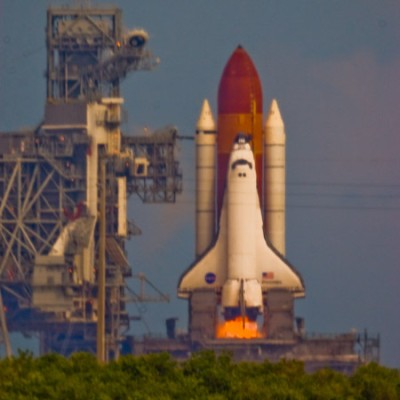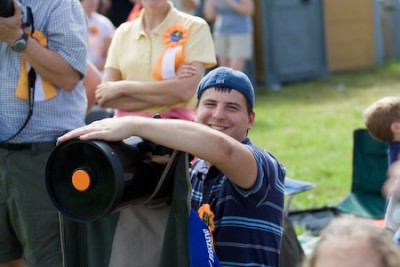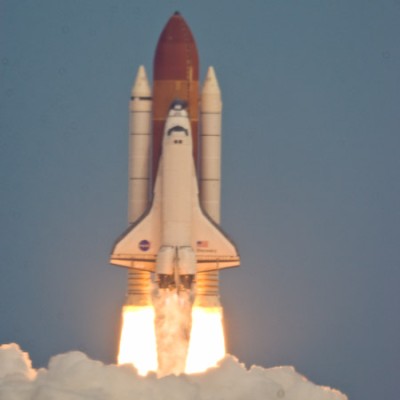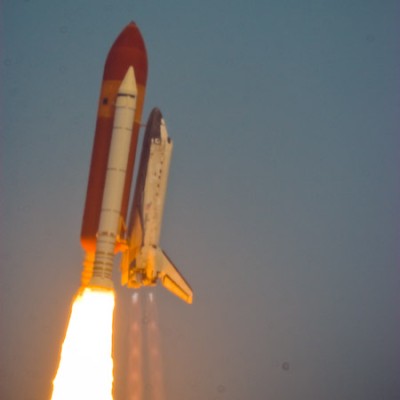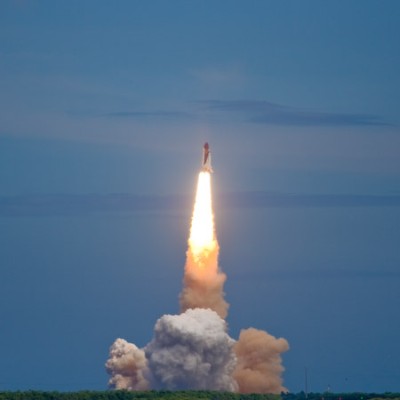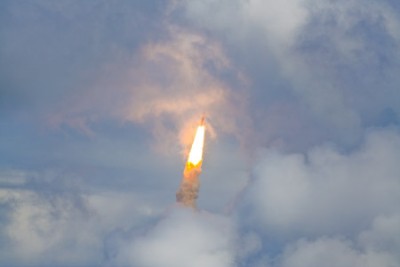 Well, almost… ;) I don’t make it to Florida’s Kennedy Space Center. Of course, I’d love to see Atlantis rocket off the ground and head into space. See that, hear that, small that. But … I got another great opportunity. I’ll view the launch from ESA’s control center for the Columbus module. In some ways, it’s even cooler than standing on the Causeway…
Well, almost… ;) I don’t make it to Florida’s Kennedy Space Center. Of course, I’d love to see Atlantis rocket off the ground and head into space. See that, hear that, small that. But … I got another great opportunity. I’ll view the launch from ESA’s control center for the Columbus module. In some ways, it’s even cooler than standing on the Causeway…
I have written a few articles for a German online portal called raumfahrer.net. It’s a cool site and it is, believe it or not, about astronomy and space flight. I joined it when I wrote about the Cassini mission. I had not much time to do a lot of work, but I kept subscribed to their mailing list.
Last week, a mail arrived looking for folks interested in attending ESA‘s (the European space organisation) launch event in the Columbus Control Center in Munich, Germany. Of course, that drew my attention. But having not done much work… I stood by and waited. Nobody asked for the job, so I finally stepped out and offered to go over (a day before the press accreditation deadline). And, believe it or not, the nice guys from raumfahrer.net agreed.
Reporting on the launch event has now even become a team effort, with me being at one frontline in the control center and someone else being in a local ESA center. We also have some backoffice writers, who will consolidate all our information plus NASA and ESA streams into nice launch update articles. This in itself is a great experience and I am proud to be part of it.
Imagine it: me attending the official launch event as a member of the press and being right at that very place where the Columbus module will be controlled. I think I am a really lucky guy ;)
Even though the center is located in Germany, it is an European effort. The project leader is ESA. Columbus mission control will work closely with US and Russian mission controllers. In fact, the Columbus Control Center will go live as soon as the Columbus module is attached to the international space station. This is scheduled to happen on December, 10th, the day after EVA-1.
Now I am back again at finger crossing. The Columbus Control Center is close to Munic, which is around 300km (roughly 140 miles) away from my place. I can afford to spent one day going to there, but I can not stay for any other launch attempts. So I sincerely hope all will go well on December, 6th. Thankfully, things look quite good. But: keep you fingers crossed. If all goes well, I’ll provide some nice stories and pictures from the other end of the world ;)



